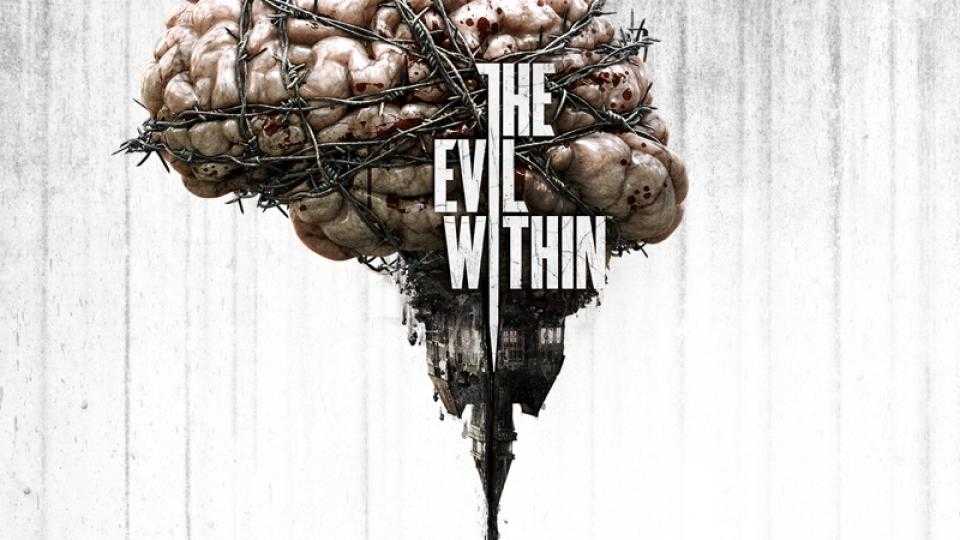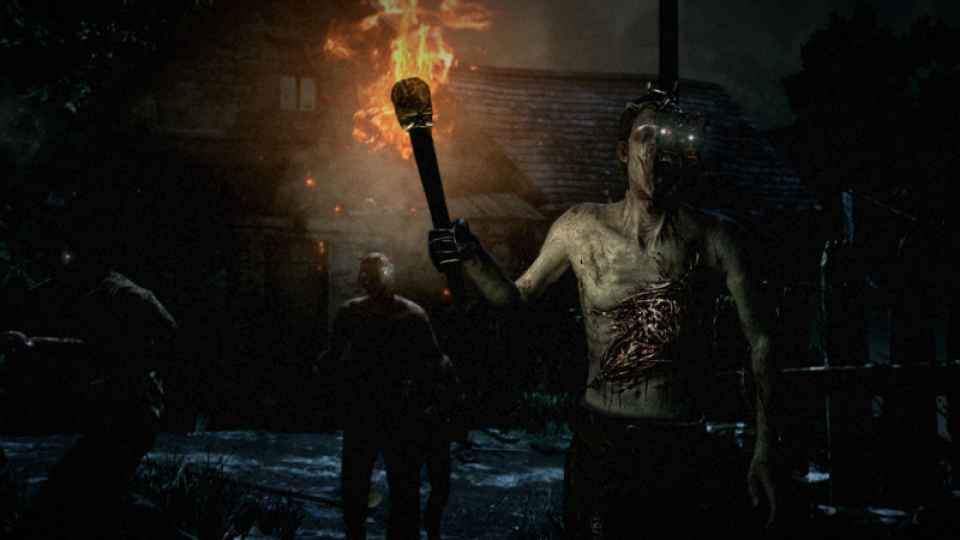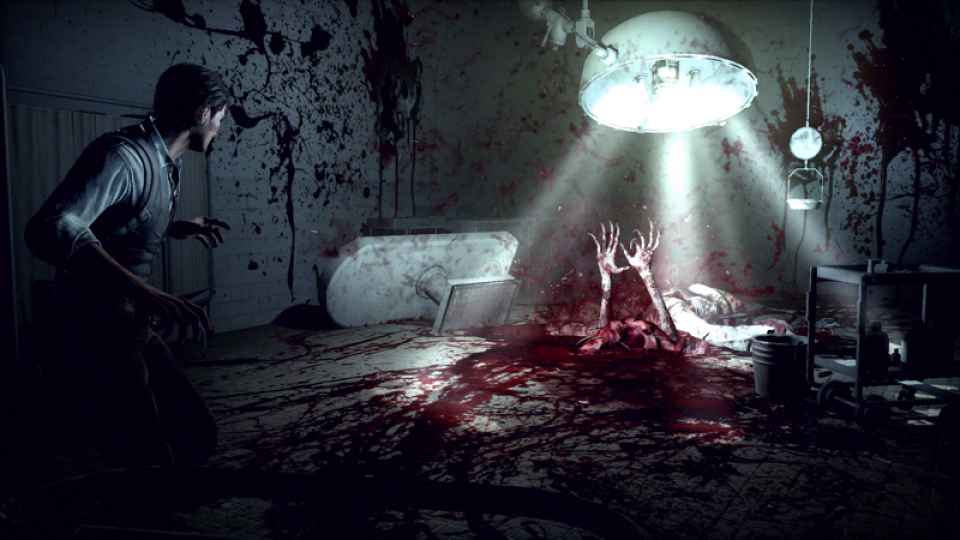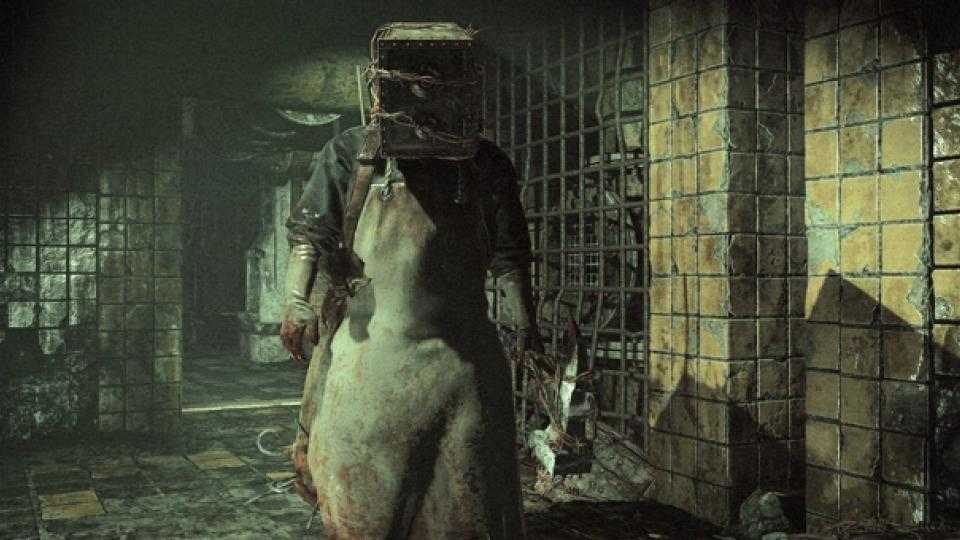As the man responsible for unleashing Resident Evil on gamers, Shinji Mikami is one of the undisputed masters of horror games. Capcom's zombie series eventually went on to focus more on action than scares, and Mikami went his own way to return to the roots of the genre. The result is The Evil Within, a brutal psychological scare-fest for PC, Xbox One and PS4 that doesn’t pull any punches when it comes to blood and gore but has the capacity to spook you to your core as well.

When a routine police investigation dissolves into chaos, detective Sebastian Castellanos wakes up in a world that appears to have been ripped straight from gamers’ nightmares: Reanimated corpses stalk you, many-limbed creatures hide in the shadows and sentient barbed wire grows like ivy across the tortured landscape. It’s bleak stuff, beautifully and sparsely lit, with the opening levels creating a real sense of foreboding and doom.

A 2.35:1 aspect ratio creates a cinematic atmosphere from the get-go, while the liberal use of film grain effect makes it feel as though you’re playing a 1980's video nasty. Combined with the dank, filthy locations that look like you'd contract tetanus if you so much as touched the walls, and a muted colour palette, The Evil Within creates a sense of deep foreboding every time you pick up the controller.
The big black bars at the top and bottom of the screen certainly take some getting used to, eating up nearly a third of available screen space, but this also creates a real sense of claustrophobia and vulnerability. The third person, over-the-shoulder viewpoint makes it difficult to see enemies approaching from the sides or behind, so even though you can move freely with a gun raised you never feel truly safe.
Let a creature get too close and you’re unlikely to survive; beyond the basic monsters, most enemies can kill you in a single attack, and when they do it’s never pretty. The Evil Within can be brutally punishing at times, as Sebastian gets crushed, decapitated, blown apart or dismembered in unflinching splashes of crimson and body parts, either by enemy hands or all manner of traps and environmental hazards.
Most of real scares come at the beginning of the game, when you have no weapons and enemies can finish you in one or two hits. Sebastian can throw a punch or two, but it will merely stagger weaker enemies and the larger ones won’t be affected at all; one-hit kills are possible on unsuspecting opponents, but get spotted by one reanimated villager and he’ll alert the rest - bringing down the horde and ensuring a swift and gory death.
The game gradually shifts from suspense and jump scares to body horror and gore as you acquire weapons and ammunition, although one or two beautifully atmospheric stealth sections towards the end of the game prove The Evil Within can ramp up the tension when it wants to. It's telling that these highlights only occur when you aren't able to use your weapons though.

Frequent trips to the decaying Beacon Hill mental hospital are the only respite from the carnage. A haunting rendition of Debussy’s Claire de Lune signals one of the broken mirror portals that transport you to the central hub, where you can upgrade your abilities and save the game, safe from attack.
Both Sebastian’s arsenal and skills can be given a boost using the jars of green gel strewn throughout each level. Mikami favourites including a shotgun, magnum revolver and bolt-action sniper rifle, complete with satisfying animations as you chamber another bullet all make an appearance, with subsequent upgrades increasing their damage potential or speeding up reloads - when you’re at your most vulnerable.
The standout addition is the Agony crossbow. Depending on the bolts you load it with, it can blind, freeze, electrocute or even explode attackers, as well as pin them to walls . The freeze bolts are most effective during boss encounters, giving you much-needed breathing space and time to put some distance between Sebastian and his aggressors, but the others are equally useful too. New bolts can be crafted out of items you find strewn throughout each level, or salvaged from the traps that block your progress.
Many of the enemies you’ll be using them on feel so familiar, showing clear influence from Mikami’s past works - most notably Resident Evil 4. The chainsaw-wielding sadists, torch-carrying priests wearing black robes, and hulking brutes equipped with rake-like claws all hit a little too close to home for a director looking to distance himself from the past. There are plenty of unique monsters later in the game that prove the developer is capable of standing out from the crowd, so it’s a shame to see rehashed versions of things we’ve seen before.

The Evil Within’s cast also lack the charisma of Resident Evil’s Leon, Chris and Jill. Sebastian in particular is a rather generic lead, oddly unfazed by the various monsters and mutants he encounters, while his somewhat predictable backstory is never fully explained - leaving questions about his troubled past that go unanswered when the credits roll.
Having a limited supply of matches to burn bodies and stop them reanimating is still a fantastic piece of game design though, even if it too was borrowed from a past Resident Evil game - it means you’re not completely safe even when you’ve cleared an area, as any monster could get back up while you’re scavenging for ammunition or upgrade points.
Even once the plot takes a turn for the bizarre in the game’s final third, and you’ve battled through a few out-of-place on rails sequences, The Evil Within is an enjoyable descent into madness filled with plenty of memorable moments. It doesn't redefine survival horror, but adds a few new variations on the genre while otherwise retreading familiar ground. It won’t scare you senseless, but horror fans will still find plenty to enjoy.
